How many years do finches live and what does it depend on?
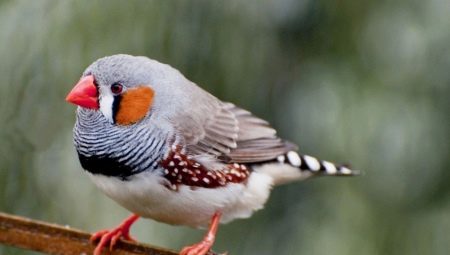
Amadines are small birds belonging to the family of finch weavers, which naturally inhabit the forests of Australia and Africa. Thanks to selection, new species have appeared, differing in their appearance, sometimes very original. When choosing a finch as a pet, it is important to know how many years it will live in captivity.
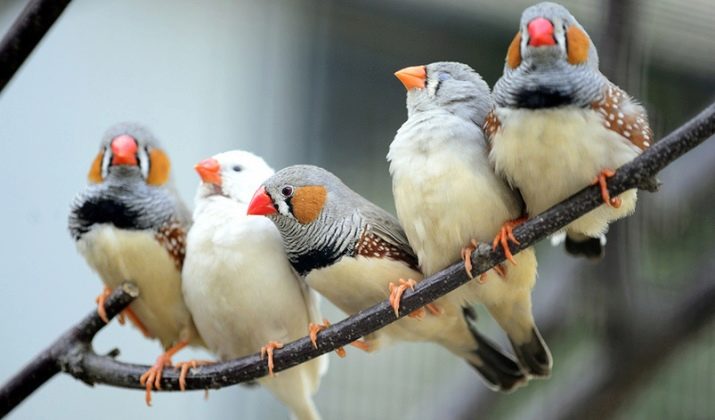
average life expectancy
Several varieties of these birds live at home, each has its own characteristics of content. It is known that it is the quality of care that affects the duration of their lives. However, one should not forget about the genetic program of any species, which is an indisputable factor influencing this aspect. For example, Gould, Japanese and Scaly-chested finches can potentially live up to 10 and 15 years, of course, under favorable conditions created for them by man. The zebra and zebra varieties have the shortest lifespan - only 7-8 years.
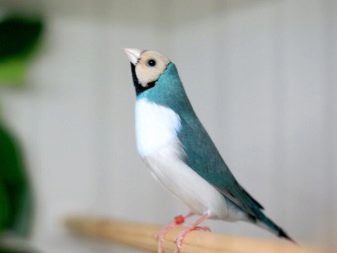
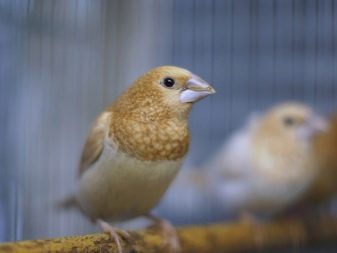
In nature, amidines live even less - from 2 to 5 years. This is due to the harsh natural environment and the struggle for survival.
Wild birds are constantly faced with various problems and are not always able to cope with them.
- Those birds that are sedentary are most often experiencing food shortages. They do not fly away and feed on those types of vegetation that are in their zone of habitation. But if a long dry period sets in, then the birds can lose not only food, but also moisture, which is necessary for active life.
- Difficulties of another plan lie in wait for migratory weavers living in large flocks.Despite the fact that in search of food they can simply fly to another, more fertile place, weak individuals often die before reaching their destination.
- With the exception of the zebra species, which can survive for a long time without drinking and consume salt water, the population of other birds, especially its young and weak representatives, periodically reduces the lack of water. In addition, local peasants often poison the reservoirs themselves in order to scare birds away from their gardens and fields. For the same purpose, snares are set up, in which many finches perish.
- Do not forget that a bird has many enemies in its natural environment, and it can become a prey for them. These are larger starlings, sparrowhawks, crows, hawks, owls, falcons and other predators. Another type of predatory animals that constantly threaten the life of a small bird are bovine jaundices, lizards and snakes. Even insects such as ants and flies can kill clutches and chicks. what nature

Often, the reason for the extinction of some species is not only the difficulties of life in the wild, but also the lack of maternal instinct.for example, the Goulds are bad parents who refuse to hatch their own eggs and, as a rule, do not even care about the hatched offspring. And also under the threat of extinction are the royal and black-faced finch species.
What affects the lifespan of weavers in captivity?
Birds living in an apartment next to humans are fenced off from predators and provided with food and water, but their lifespan may vary from 7 to 15 years, depending on how much the owner manages to bring home conditions closer to natural.
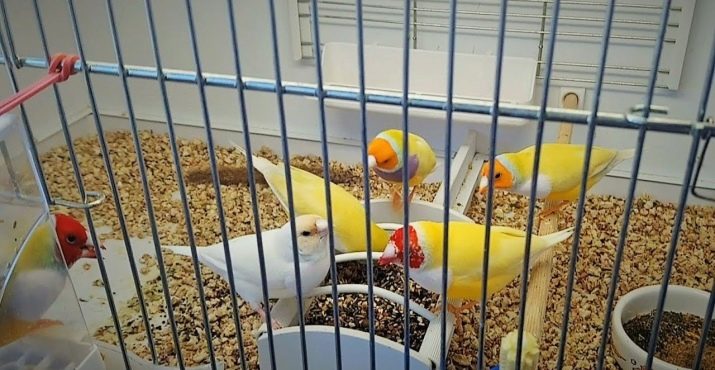
Illiterate care, as well as many other factors, can negatively affect the length of a small pet's days.
- Too high or low temperature, its sudden changes. For weavers, a temperature regime is required that does not go beyond +20 degrees Celsius.
- Birds may lack light as they need at least 10-12 hours of daylight per day. In the cold season, cells can be supplemented with ultraviolet lamps.
- Dry air and lack of normal ventilation can also cause premature death of a pet, so the room with the cage should be regularly ventilated and kept at 60-70% humidity.
- Amadines are very mobile, and too tight a cage can cause muscle atrophy in a bird. Therefore, for a pair of weavers, a structure of at least 60 cm in length is needed, providing for nesting and raising chicks. These birds should not be placed in round cages in which they experience stress due to the fact that they lose their orientation in space.
- Not all amateur bird watchers are aware that weavers do not like being close to other species, so it is not recommended to place them in the same dwelling. This can lead to injury, but also to the constant stress of such a struggle, which increases the risk of depression in finches, and ultimately leads to their death.
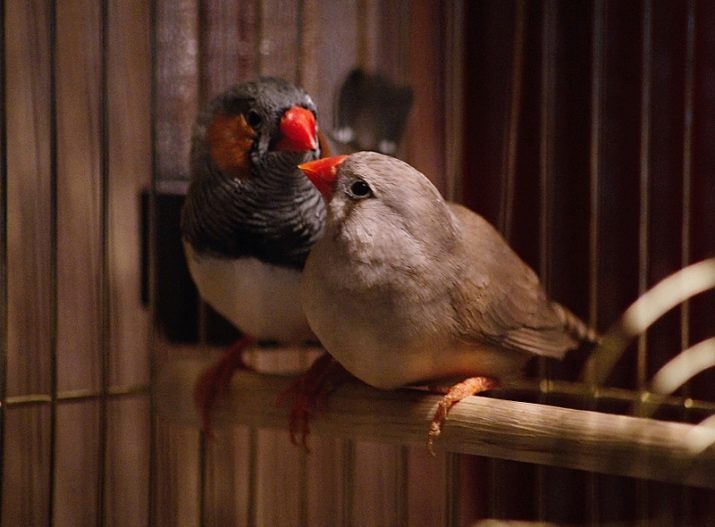
Proper maintenance also includes important aspects such as nutrition and hygiene.... Unpleasant diseases in birds can be caused by raw millet groats, persimmons and avocados, greens - onions, dill and parsley, as well as black bread.
Weavers are fed yellow millet in combination with peeled oats, flaxseed and mogara; birds need to consume herbs such as plantain, clover and dandelion. If the bird sheds, it needs to be fed with crushed boiled egg, germinated grains, mineral additives.
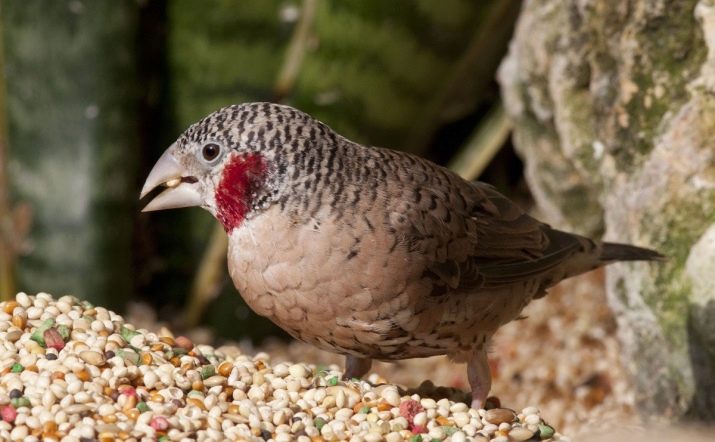
A decrease in the life span may be associated with unsanitary conditions, therefore, the cage should be cleaned daily.
How to choose a bird?
Choosing the right pet is the key to its long life. First of all, you should choose a healthy bird - this will increase the chances of a finch's long life.Due to the fact that breeders are constantly striving to breed new types of weavers, mutant species appear that are genetically predisposed to various diseases. And in this case, the purchase of a healthy bird cannot be guaranteed.
Therefore, when purchasing birds, you need to pay attention to many nuances:
- excessive thinness or lethargy may speak of certain ailments;
- a sick bird will be given out exposed areas of the body, a protruding breast bone, ruffled feathers;
- you should look into the subclavian cavities, checking the bird for the presence of parasites and ticks.
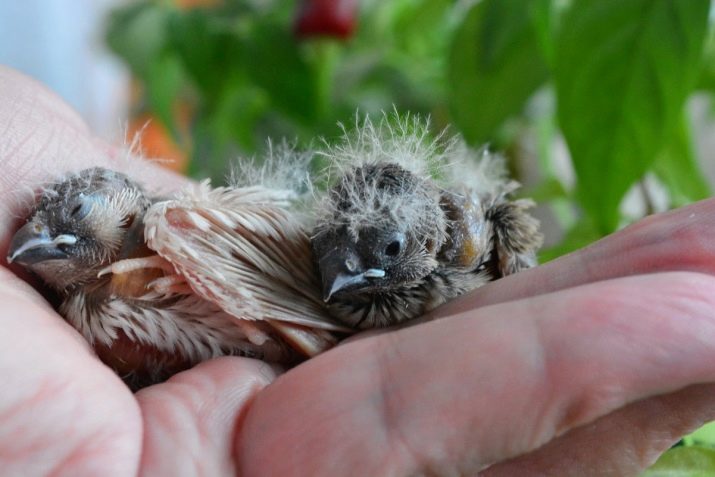
A healthy finch is moderately well-fed, she has a light pink skin color, feathers fit snugly to the body, her eyes shine. And also to understand that everything is in order with the weaver, you can by the absence of hoarseness in his voice and active behavior.
It is equally important to carefully deliver your pet home. For this it is better to use a special transport cage designed for the dimensions of this type. Within a month, you must follow the quarantine rules, and do not put a new pet in the same cage with domestic weavers.
Constantly observing the condition of your pet, devoting enough time to caring for it, you can significantly extend the life of your beloved bird.
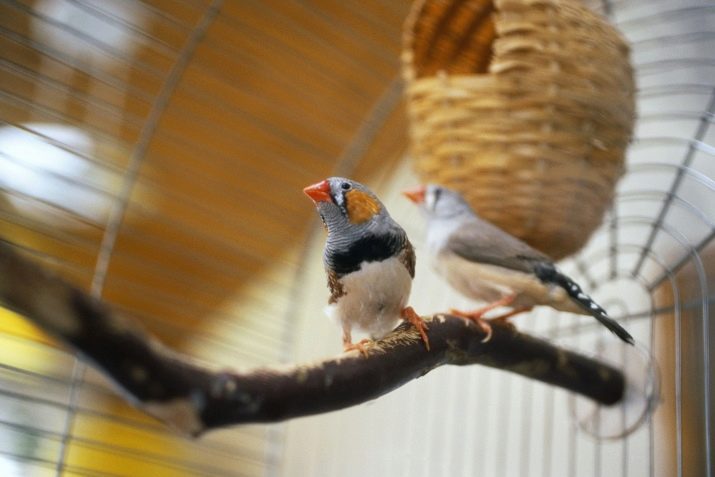
And if there are suspicions of finch disease, then it is most reasonable to use the help of a veterinarian.
For the characteristics of finches and the characteristics of their content, see below.







